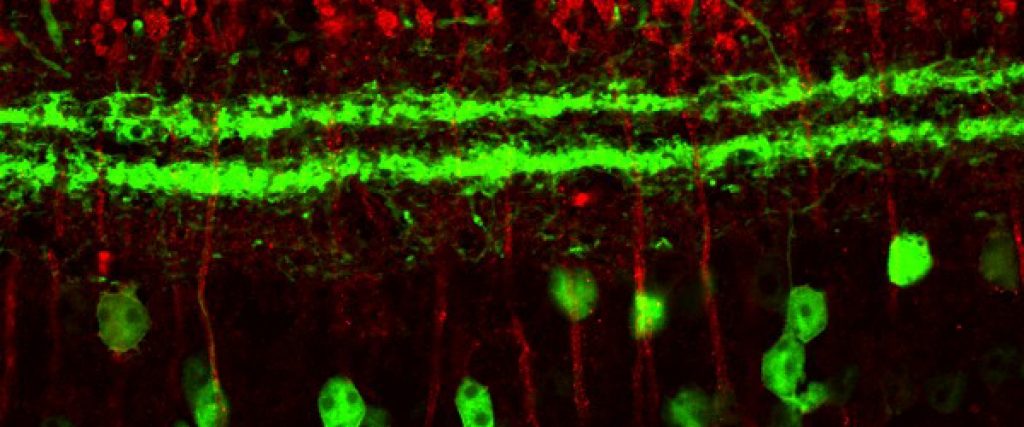
The long-term goal of our research program is to understand visual image processing in the retina; on-going studies are concerned with a) horizontal cell signaling in the outer retina and b) the structure and function of amacrine cell circuits in the inner retina. Studies during our 32 years of continuous funding for the inner retina research project have focused on identification of amacrine cells and amacrine cell populations, including their structure, neurochemistry and microcircuit organization. Our strengths are in retinal anatomy and circuitry, cell biology, neurochemistry and physiology, which are the key research elements needed to understand retinal neurobiology. Years ago, I trained with Harvey Karten at SUNY Stony Brook where I worked on ganglion cell projections to the accessory optic system and the optic tectum. As a postdoctoral fellow at Stony Brook, I performed the first studies of neuropeptide expression in the vertebrate retina, and showed the basic patterns of peptide expression in the mammalian retina. At the Medical Research Council laboratories of Leslie Iverson and Steve Hunt in Cambridge, England, I used pharmacological approaches to investigate dopamine release in the retina. I have also had the opportunity to further my expertise in retinal anatomy and physiology with extended stays at the Max Planck Institute for Brain Research in Heinz Wässle’s laboratory. As the principle investigator of NIH, VA, DOD and intramural University grants, I have laid the groundwork for the lab’s broad research program, which is congruent with my deep interest in fundamental mechanisms mediating visual image processing by the retina. New state-of-the-art studies will use genetic and cell biological approaches, including immunohistochemistry, intracellular labeling, retrograde and trans-synaptic labeling using viruses, and patch-clamp electrophysiology.
